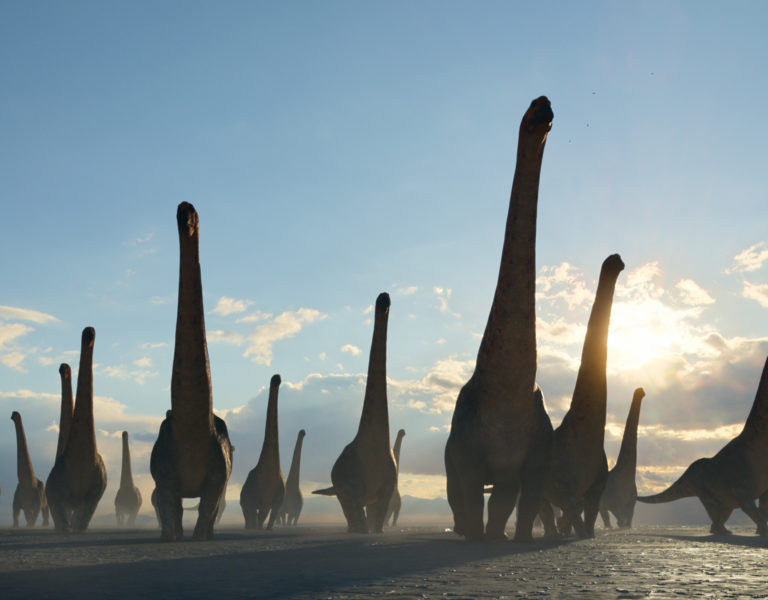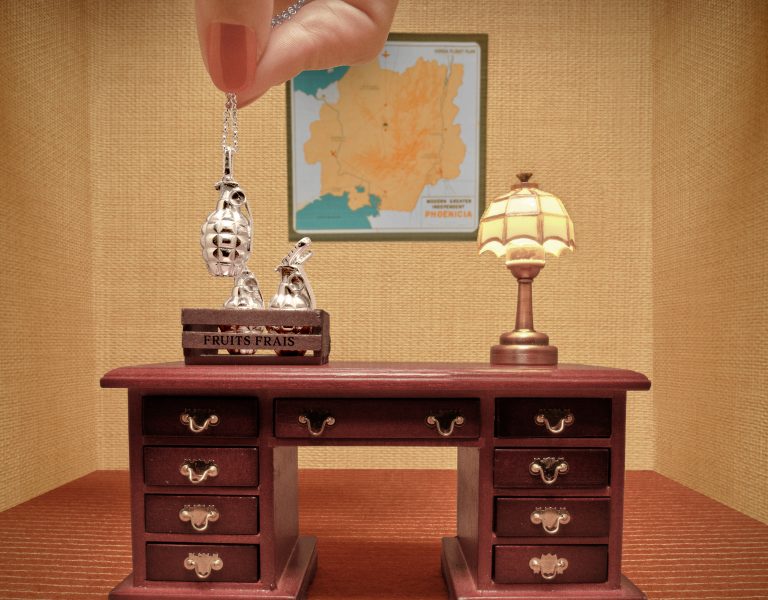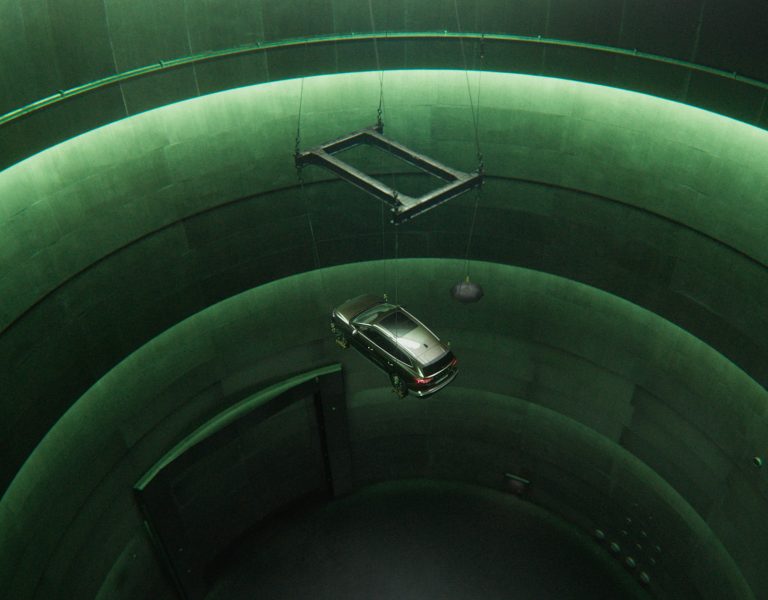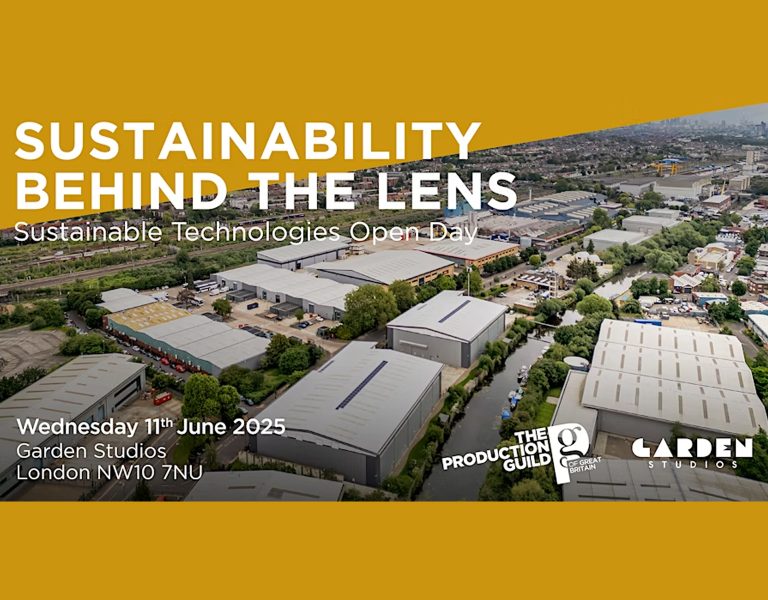
Jellyfish Pictures worked with The BBC Studios Natural History Unit (Planet Earth) and Apple TV+ on the epic natural history event series, Prehistoric Planet. Narrated by Sir David Attenborough, the ground-breaking five-episode series premiered globally in May 2022.
The team collaborated closely with programme makers and scientists over the course of a year before production commenced, to lay the visual foundation for the series. They created hundreds of pieces of concept art that were instrumental in developing the natural history documentary approach, storylines, creatures and environments that were subsequently brought to life on screen.
Enabling Natural History storytelling techniques
The big ambition for the series was to emulate a BBC Studios Natural History Unit wildlife documentary, for which the unit has become renowned for over the past 60 years. Documentaries like ‘Planet Earth’ and ‘Blue Planet’ have showcased the natural world in inimitable style and detail, one of the hallmarks being to bring previously unknown behaviour of Earth’s inhabitants to the screen. The creators of ‘Prehistoric Planet’ wanted to do the same, but with the creatures and environments of 66 million years ago.
Natural history documentaries are filmed in a very specific way, with techniques and equipment designed specifically around the restrictions of filming animals at a distance, engaged in various types of behaviour, in often challenging environments. By replicating the style, camerawork, framing and editing techniques of those documentaries, ‘Prehistoric Planet’ brings a groundbreaking level of realism to watching Cretaceous-era creatures in action.
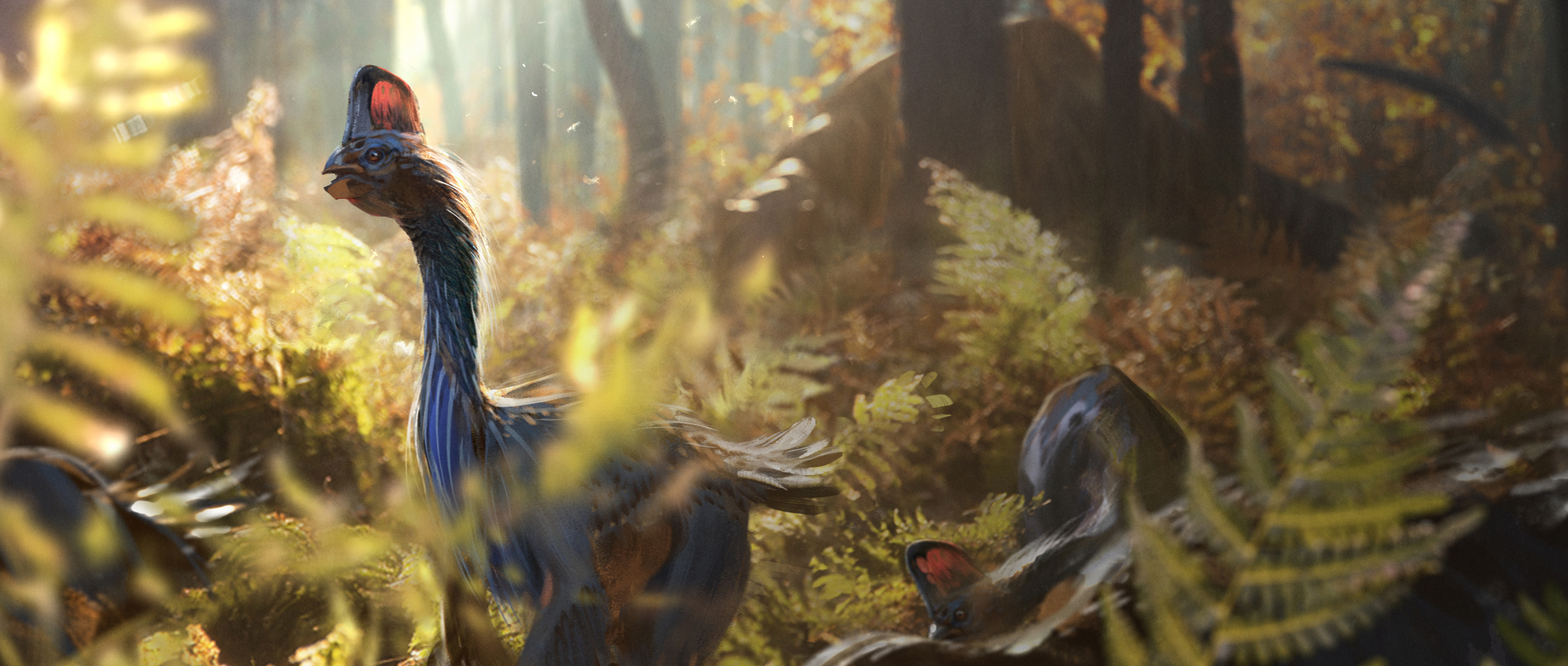
A Jellyfish team of 12 concept and storyboard artists led by Jellyfish Pictures creative director Tom Brass worked closely with programme makers to help them realise this approach.
Presented with key story scenarios, Tom and his team got to work, first studying modern natural history documentaries and the sophisticated techniques used to show the natural behaviour of wildlife. Using CG camera lenses to replicate the composition of natural history style filming, the team then created hundreds of pieces of concept art which helped the BBC Studio Natural History Unit to visualise and storyboard key scenes and sequences, in line with this aim.
Jellyfish worked to provide visual development and concepts that were not only in line with those of a natural history documentary but also rigorously fact checked and beautiful and absorbing too, further immersing audiences in the cretaceous world.
Emotional Engagement
As ‘Planet Earth’ and ‘Blue Planet’ before it, Prehistoric Planet presents the little known behaviour of the inhabitants of Earth. On screen dinosaurs have rarely been depicted as doing what most animals do; attract a mate, laze around, search for food and care for their young.
Thanks to the latest research and modern wildlife documentary techniques, programme makers presented that behaviour with a new level of compassion, understanding and realism that would have been impossible before now.
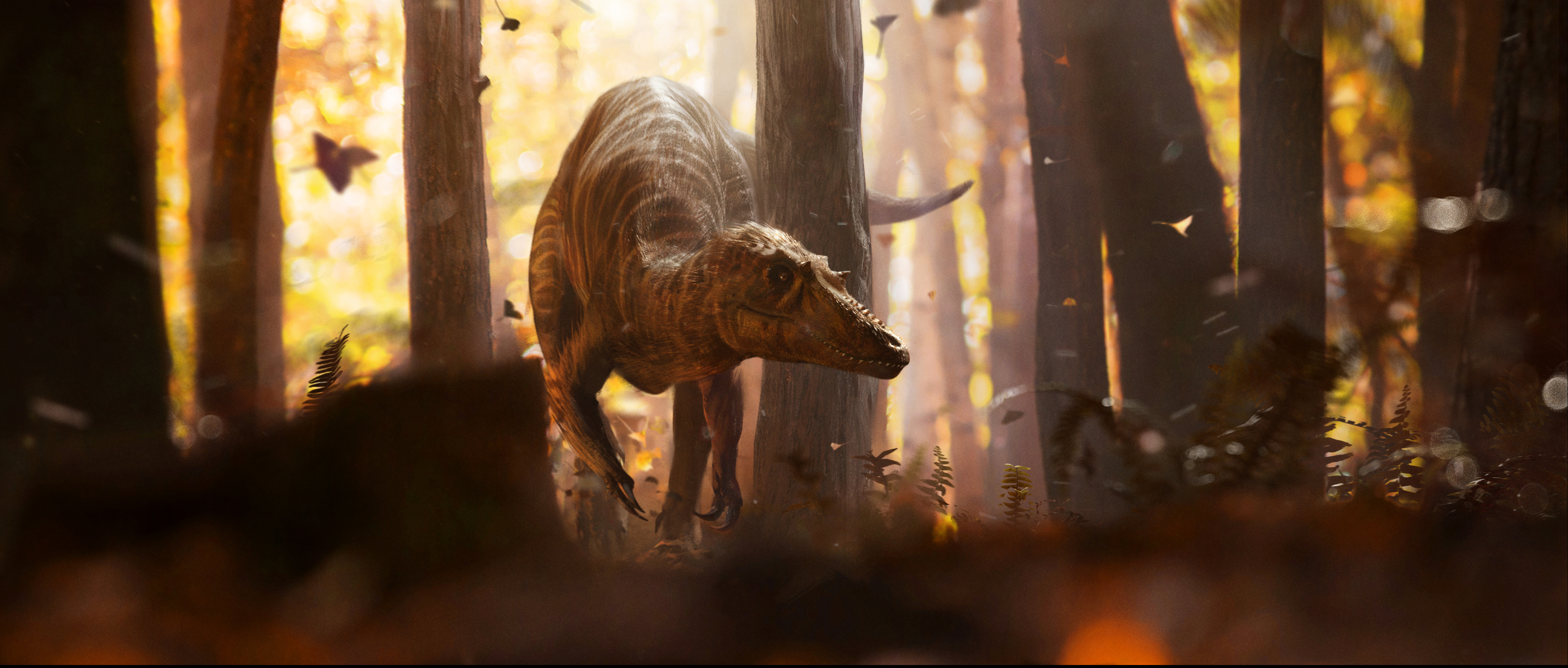
Jellyfish were able to help The BBC Studio Natural History Unit break new ground here by helping to develop and visualise those scenes. As an example, Gallimimus were drawn bearing flowers and reaching an island in the river as part of a mating ritual.
Never before seen Dinosaurs
Artists at Jellyfish designed close to 60 of the dinosaurs across the series, working with a scientific advisor on detailed renderings of creatures that we are familiar with, and many who will be new to audiences.
Jellyfish Pictures’ work on Prehistoric Planet began in 2019, and over the course of a year, they worked with programme-makers to lay the visual foundation for the series. Through extensive visual development and collaboration with scientists and filmmakers, Jellyfish were instrumental in helping The BBC Studio Natural History Unit deconstruct and apply natural history filmmaking techniques to show dinosaurs and the cretaceous period in as realistic and immersive a way as is possible today.

